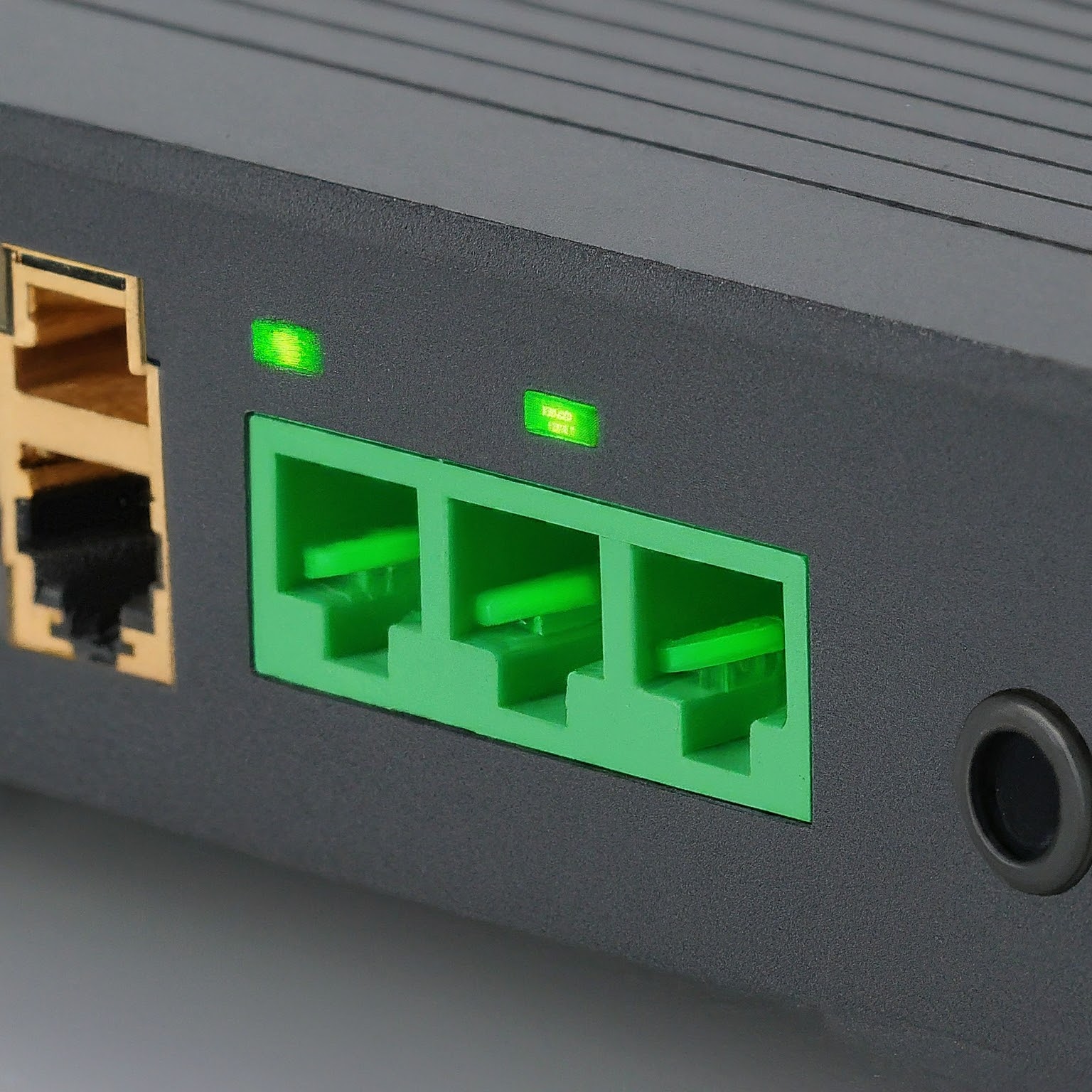In today’s digital age, Wi-Fi service has become an essential utility for both residential and commercial spaces. It provides wireless internet connectivity, enabling users to access information, communicate, and entertain themselves with ease. This article explores the different types of Wi-Fi service, factors influencing its performance, and strategies for optimizing your home or business network.

Understanding Wi-Fi Service
Wi-Fi service refers to the wireless internet connectivity provided by internet service providers (ISPs). It operates on radio waves, allowing devices to connect to the internet without physical cables. The quality of Wi-Fi service is determined by several factors, including internet speed, network coverage, and signal strength.
Types of Wi-Fi Service
- Residential Wi-Fi: Designed for home use, residential Wi-Fi service typically offers plans with varying speeds and data caps to suit different household needs.
- Commercial Wi-Fi: Tailored for businesses, commercial Wi-Fi service provides robust connectivity for employees, customers, and guests. It often includes features like network management and security.
- Public Wi-Fi: Available in public spaces like airports, cafes, and libraries, public Wi-Fi service offers internet access to anyone within range. However, it’s generally less secure and may have limited speed and data.
Factors Affecting Wi-Fi Service
Several factors influence the performance of Wi-Fi service:
- Internet Speed: The underlying internet connection determines the maximum Wi-Fi speed.
- Wi-Fi Router: The quality and placement of the router impact signal strength and coverage.
- Network Congestion: Multiple devices connected to the same network can slow down speeds.
- Physical Obstacles: Walls, furniture, and electronic devices can interfere with Wi-Fi signals.
- Wi-Fi Channel Interference: Overlapping Wi-Fi channels from neighboring networks can cause congestion.
Improving Wi-Fi Service Performance
To optimize your Wi-Fi service, consider the following tips:
- Upgrade Your Router: A newer router with advanced features can improve speed and range.
- Optimal Router Placement: Position your router in a central location, away from obstacles.
- Change Wi-Fi Channel: Select a less crowded Wi-Fi channel to reduce interference.
- Use Wi-Fi Extenders or Mesh Systems: Expand coverage to dead zones.
- Ethernet Connections: For devices requiring high speeds, use Ethernet cables.
- Security Measures: Protect your network with a strong password and encryption.
Wi-Fi Service and Cybersecurity
Ensuring the security of your Wi-Fi service is crucial to protect your personal and sensitive information. Here are some essential tips:
- Strong Passwords: Create complex passwords for your Wi-Fi network.
- Enable Encryption: Use WPA3 or WPA2 encryption to secure your network.
- Regular Updates: Keep your router’s firmware and software up-to-date.
- Guest Networks: Create separate guest networks for visitors to protect your main network.
- Avoid Public Wi-Fi Risks: Be cautious when using public Wi-Fi and avoid accessing sensitive information.
The Future of Wi-Fi Service
The landscape of Wi-Fi service is constantly evolving. Advancements in technology, such as Wi-Fi 6 and Wi-Fi 6E, promise faster speeds, increased capacity, and improved efficiency. Additionally, the integration of Wi-Fi with other technologies, like smart home systems and IoT devices, will create new opportunities and challenges.

Conclusion
A reliable Wi-Fi service is essential for modern life. By understanding the factors affecting Wi-Fi performance and implementing optimization strategies, you can enjoy a seamless and high-speed internet connection. As technology continues to advance, staying informed about the latest Wi-Fi standards will help you maximize your home or business network’s potential.
لا تعليق